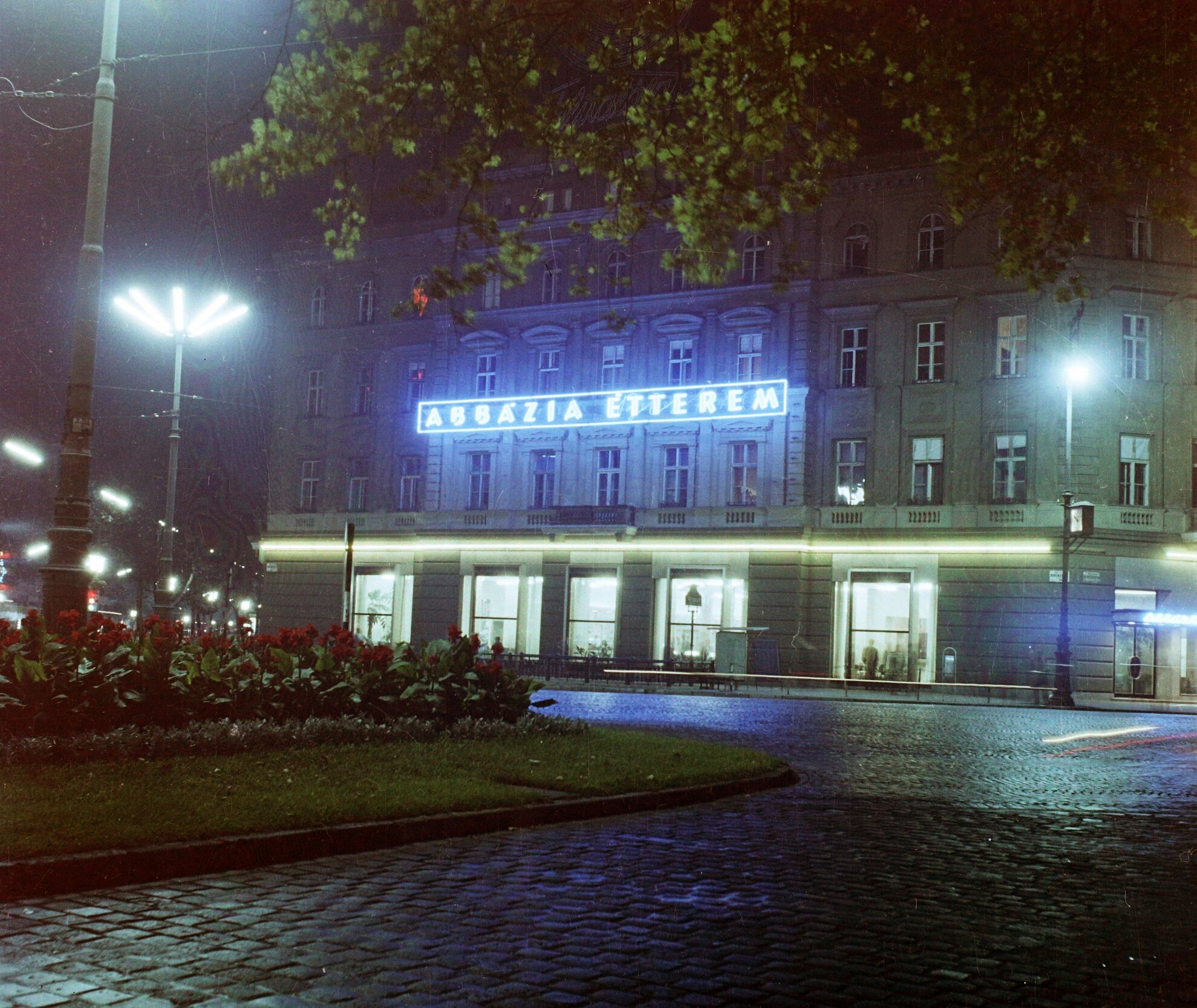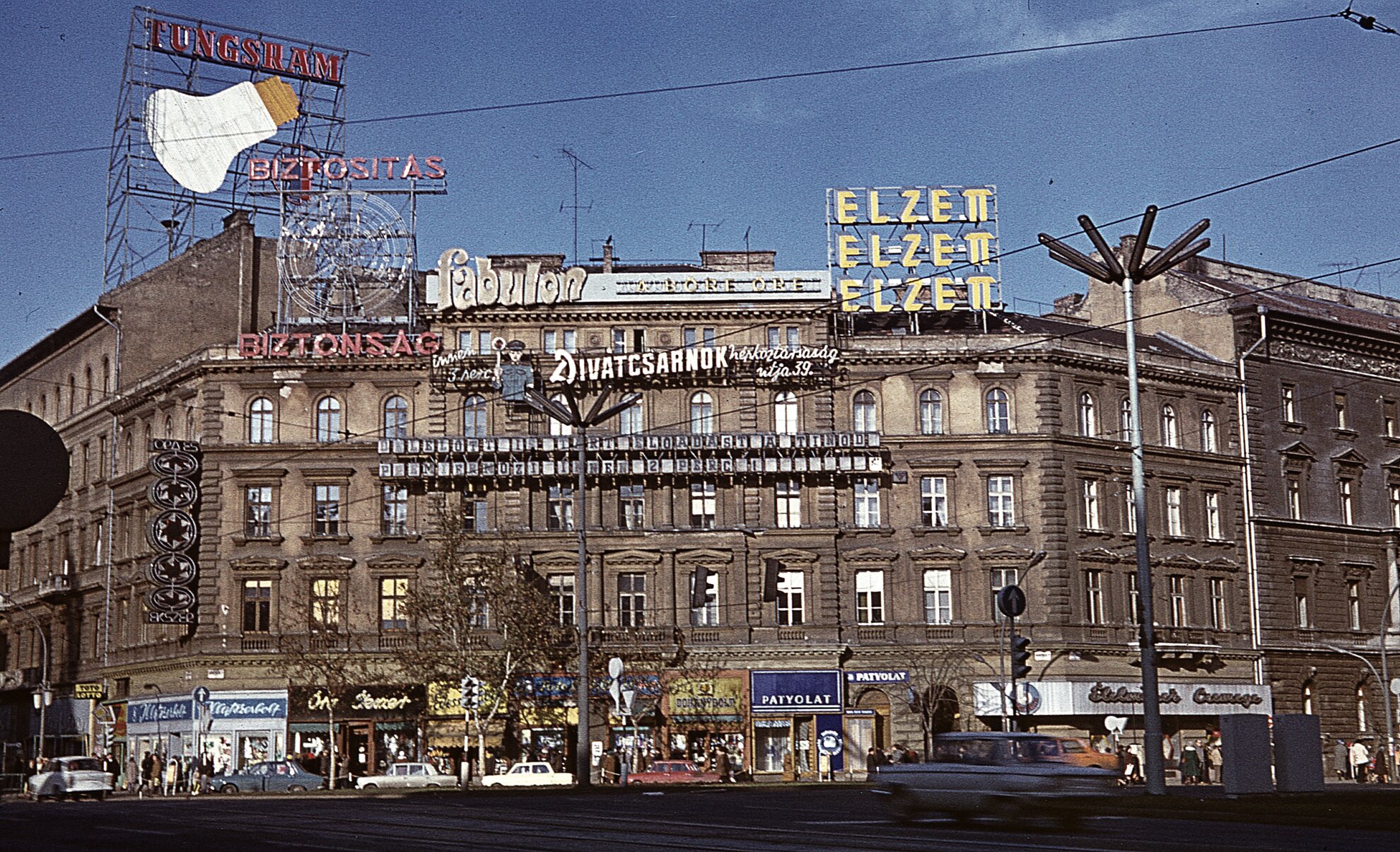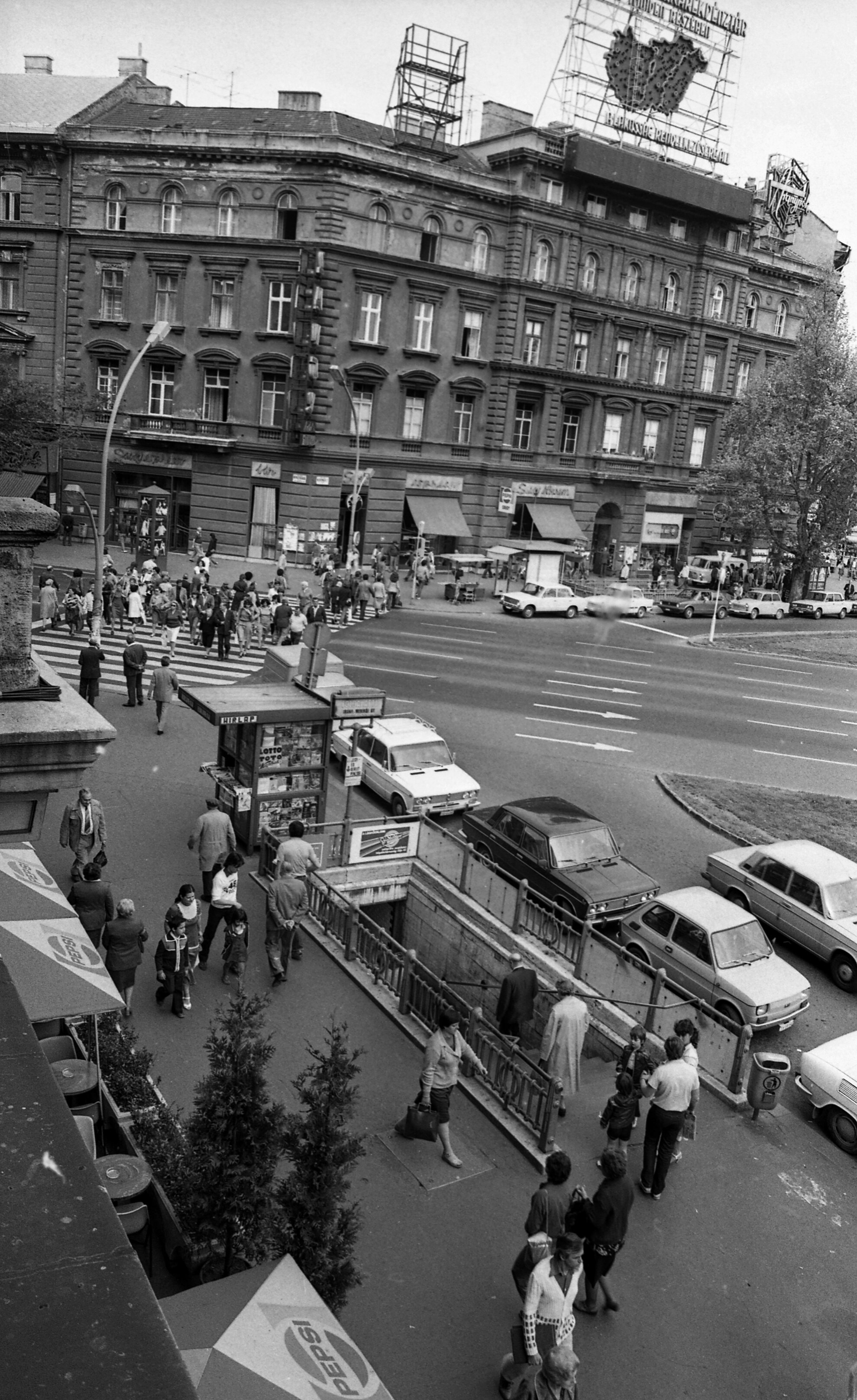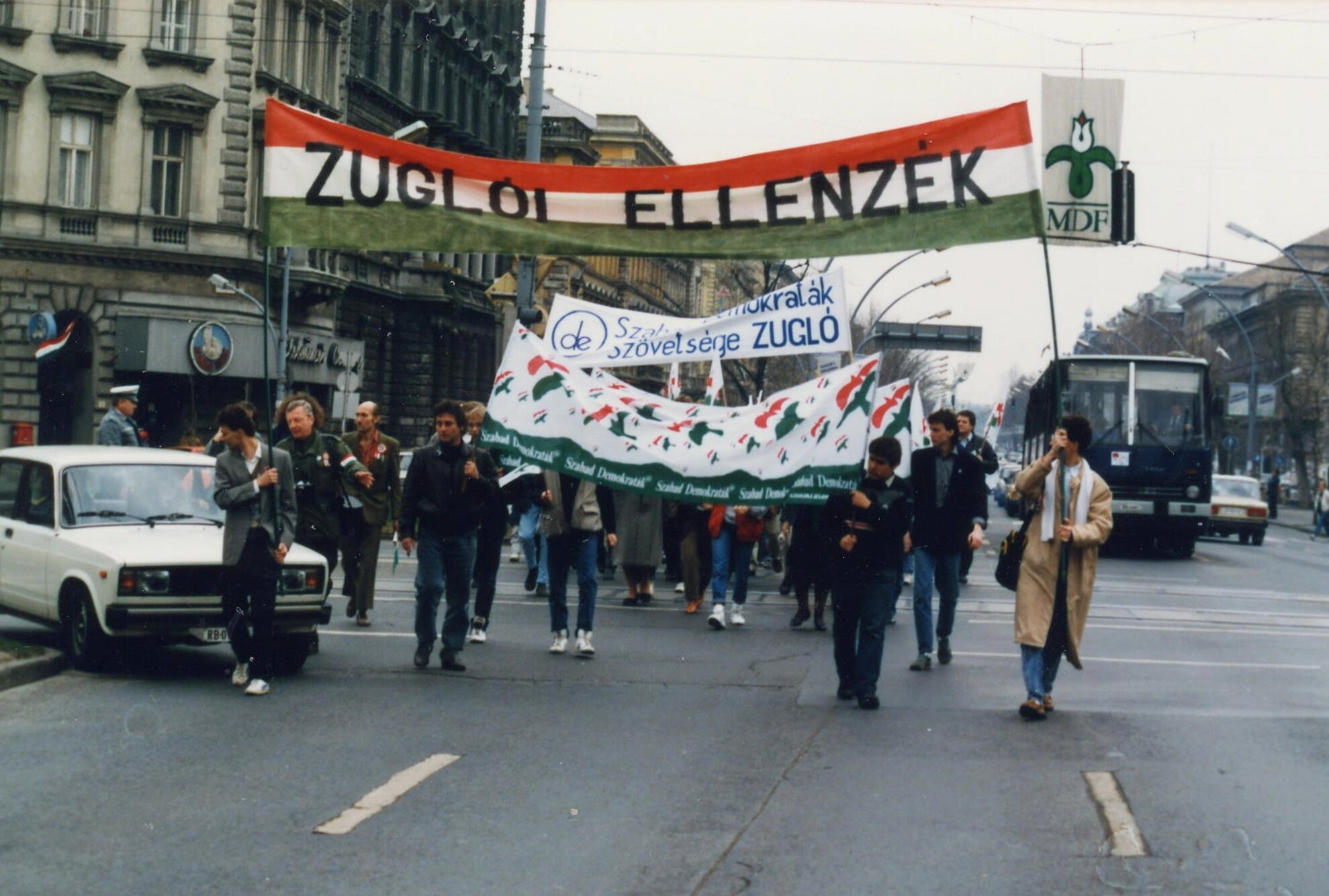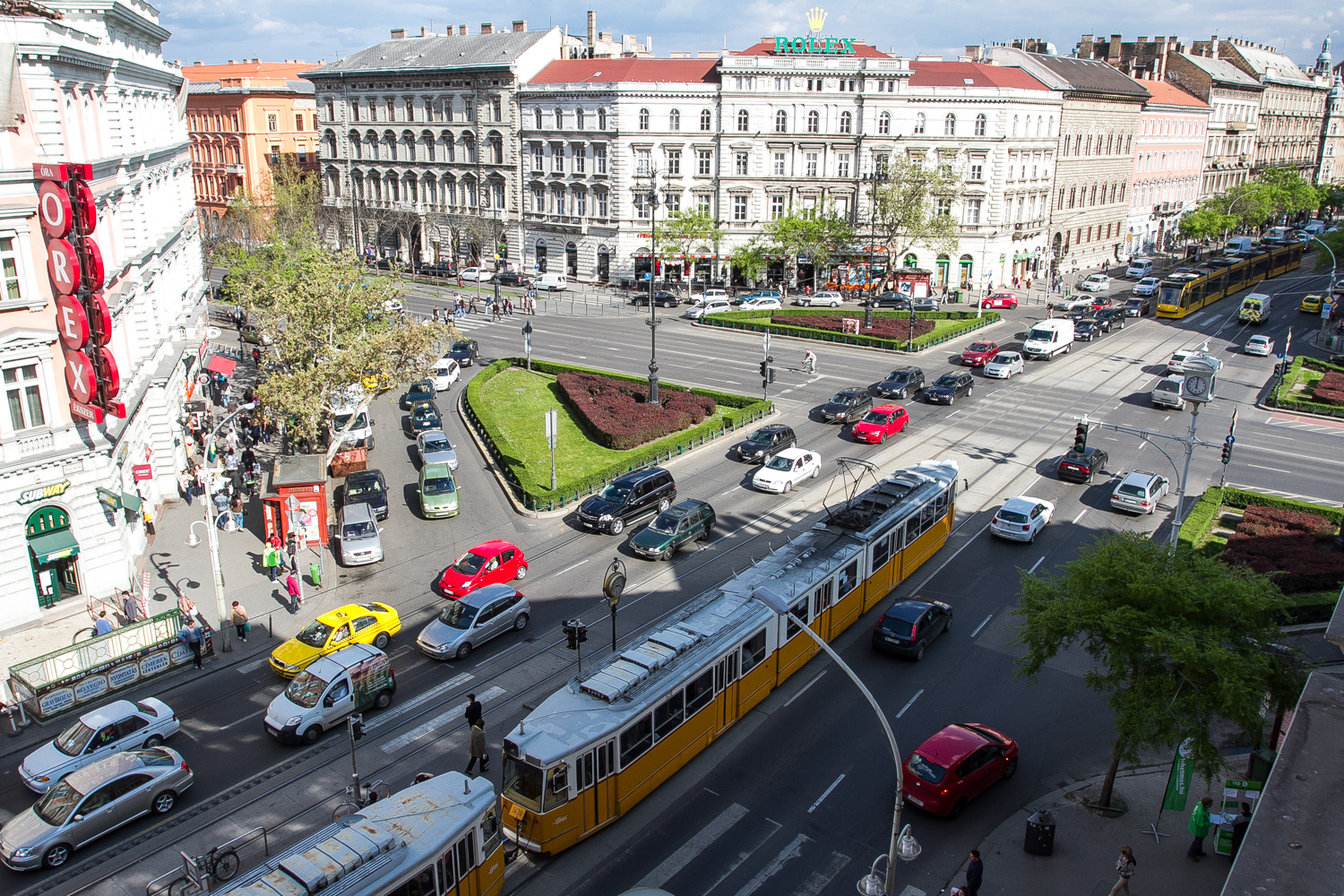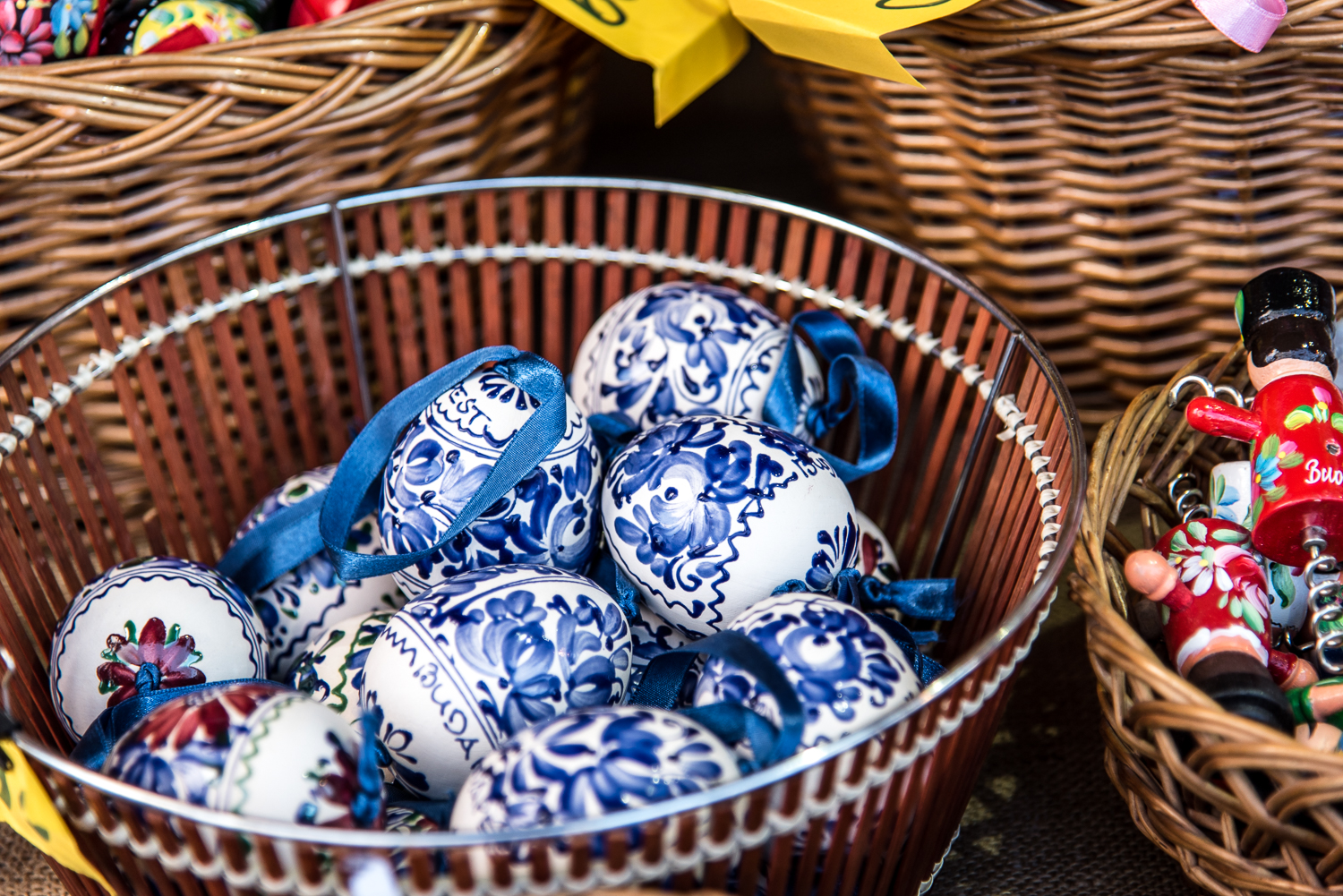Until 1872, there was only a large pit where today’s Oktogon now stands. This began to change once Sugár (today Andrássy) út began to be built. Within three years, the four apartment buildings surrounding the square were built, with shops at the bottom. In 1875, it gained the name of Nyolcszög tér, ‘Eight Corner Square’.
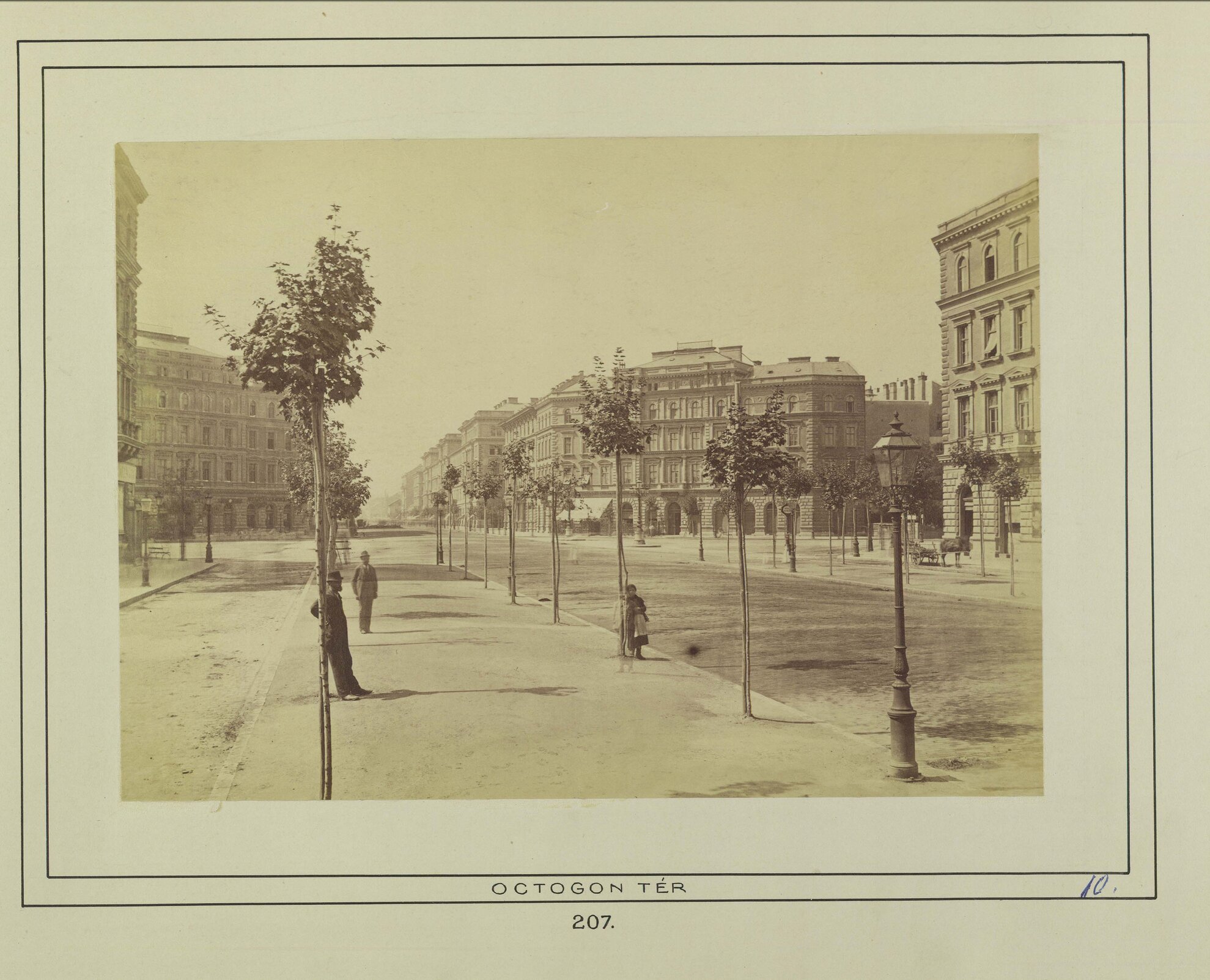
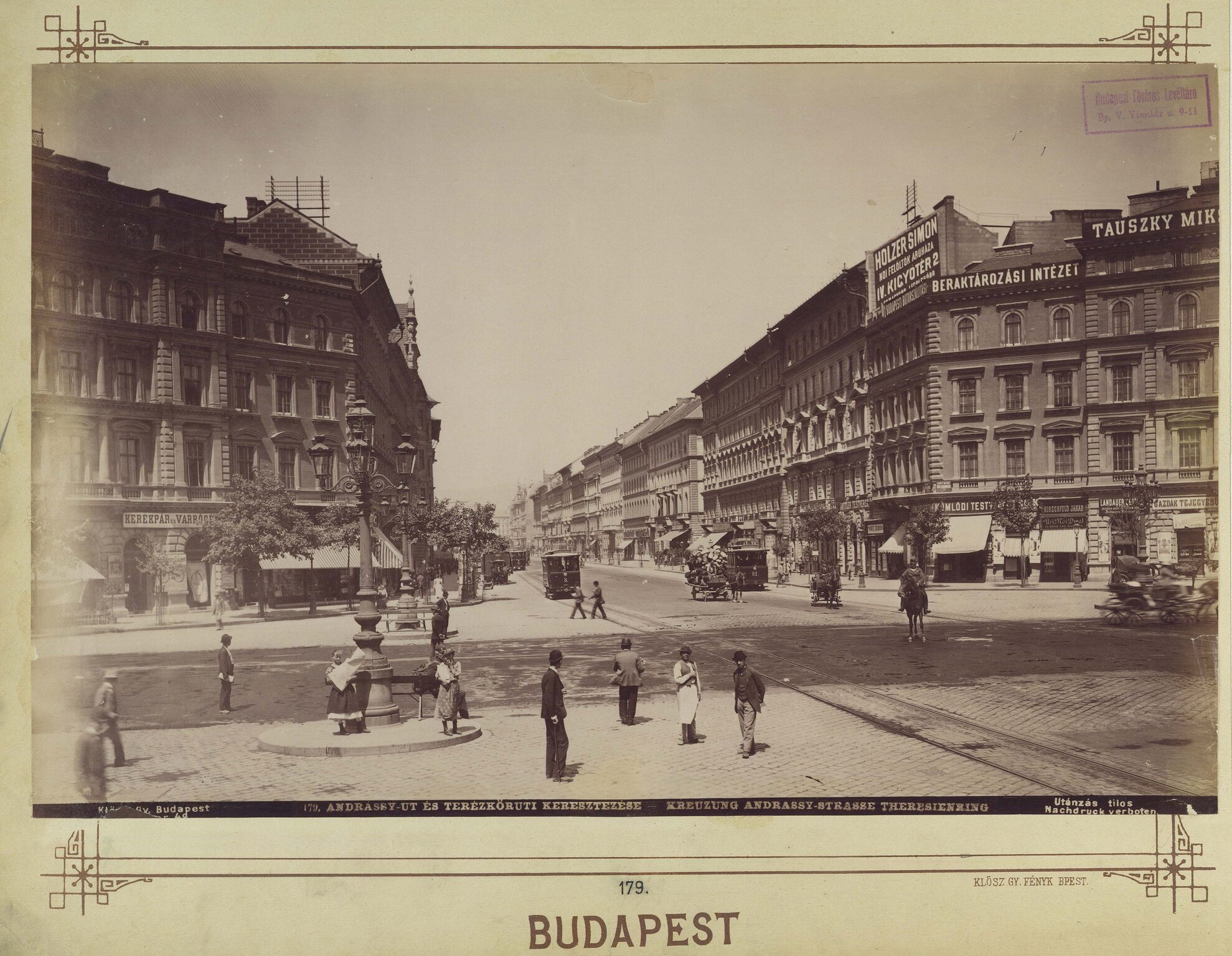
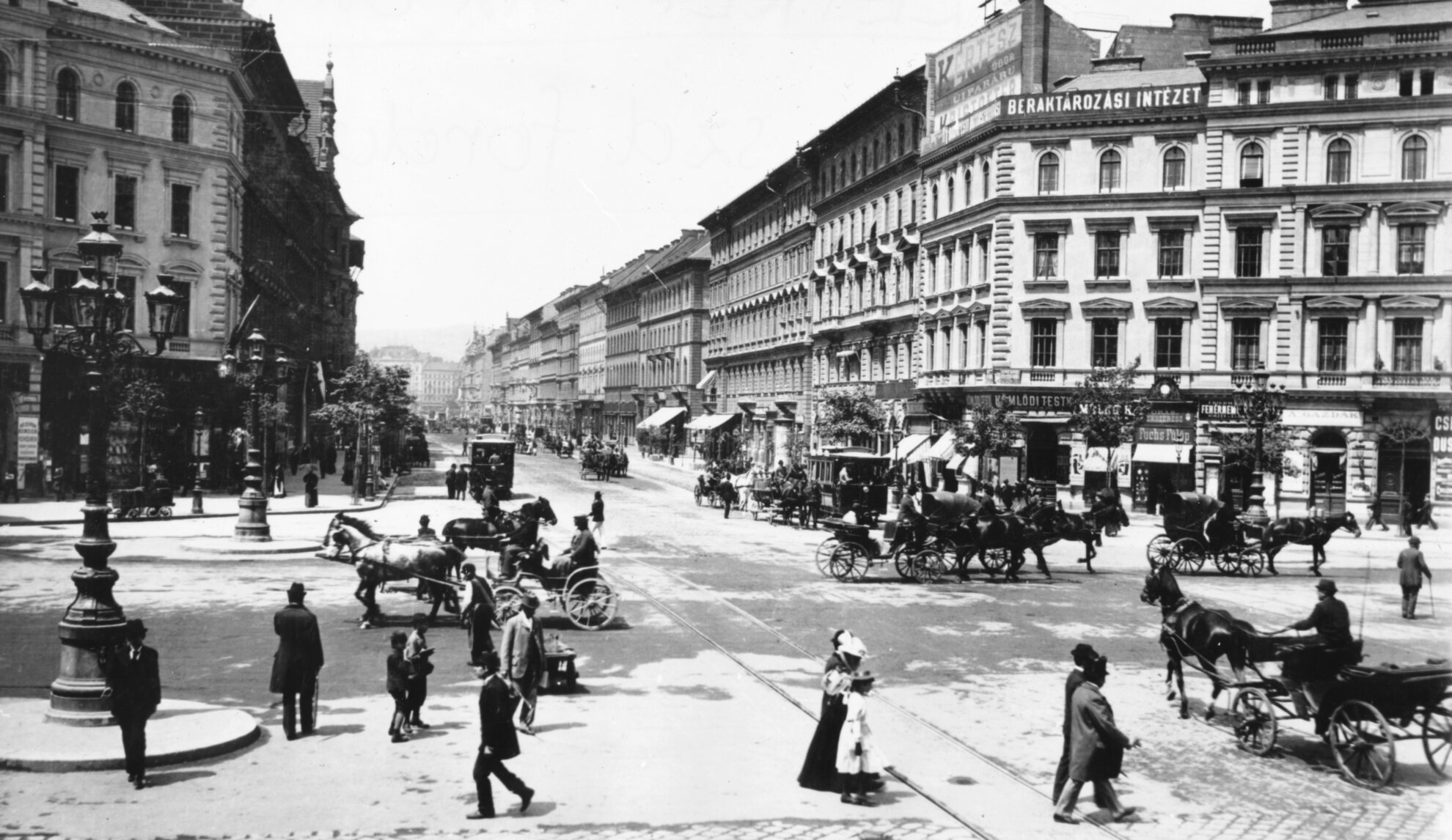
It soon become an increasingly important and busy space. Its name was changed to Oktogon in the 1920s, which apparently sounded more important than the earlier version.
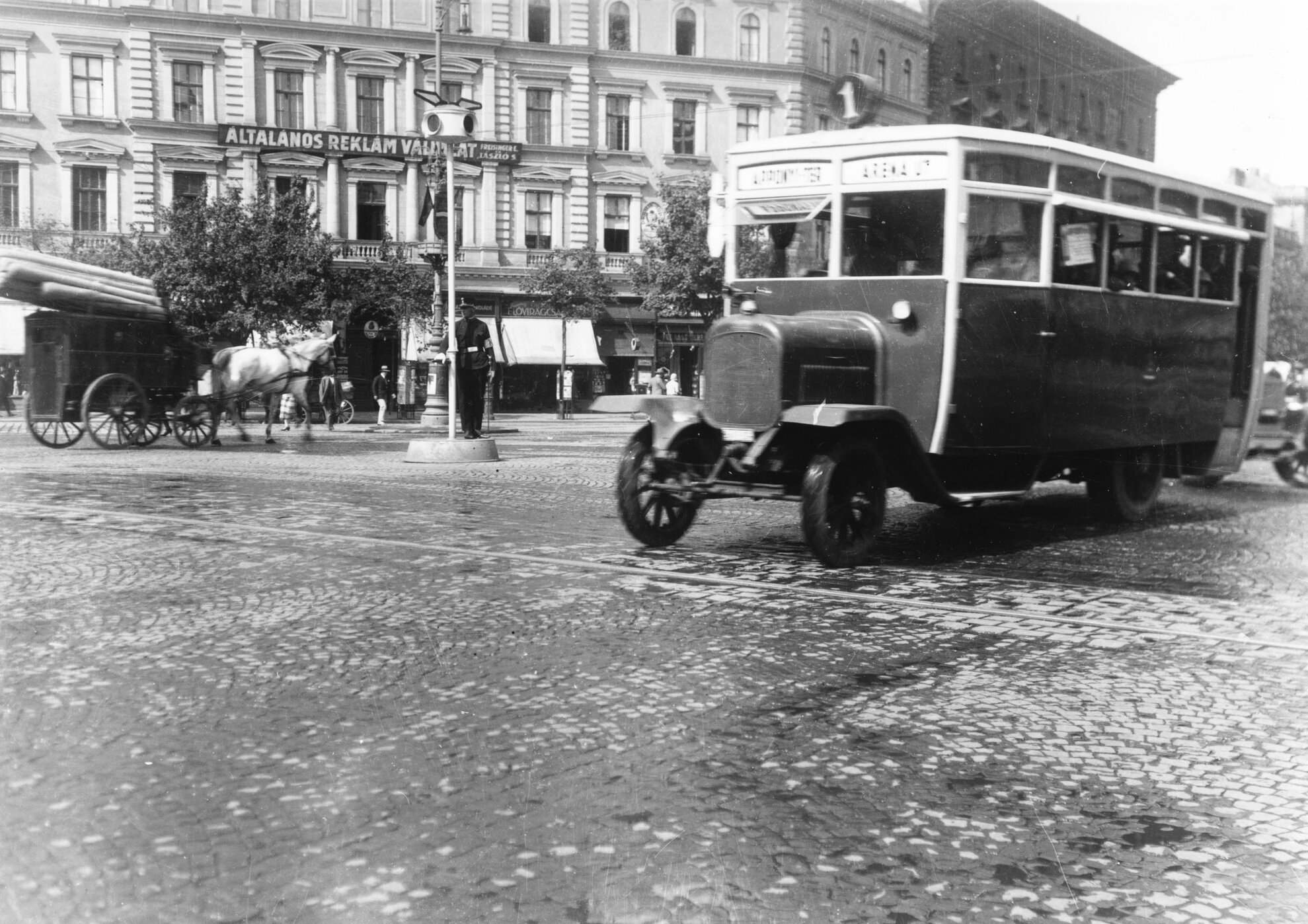
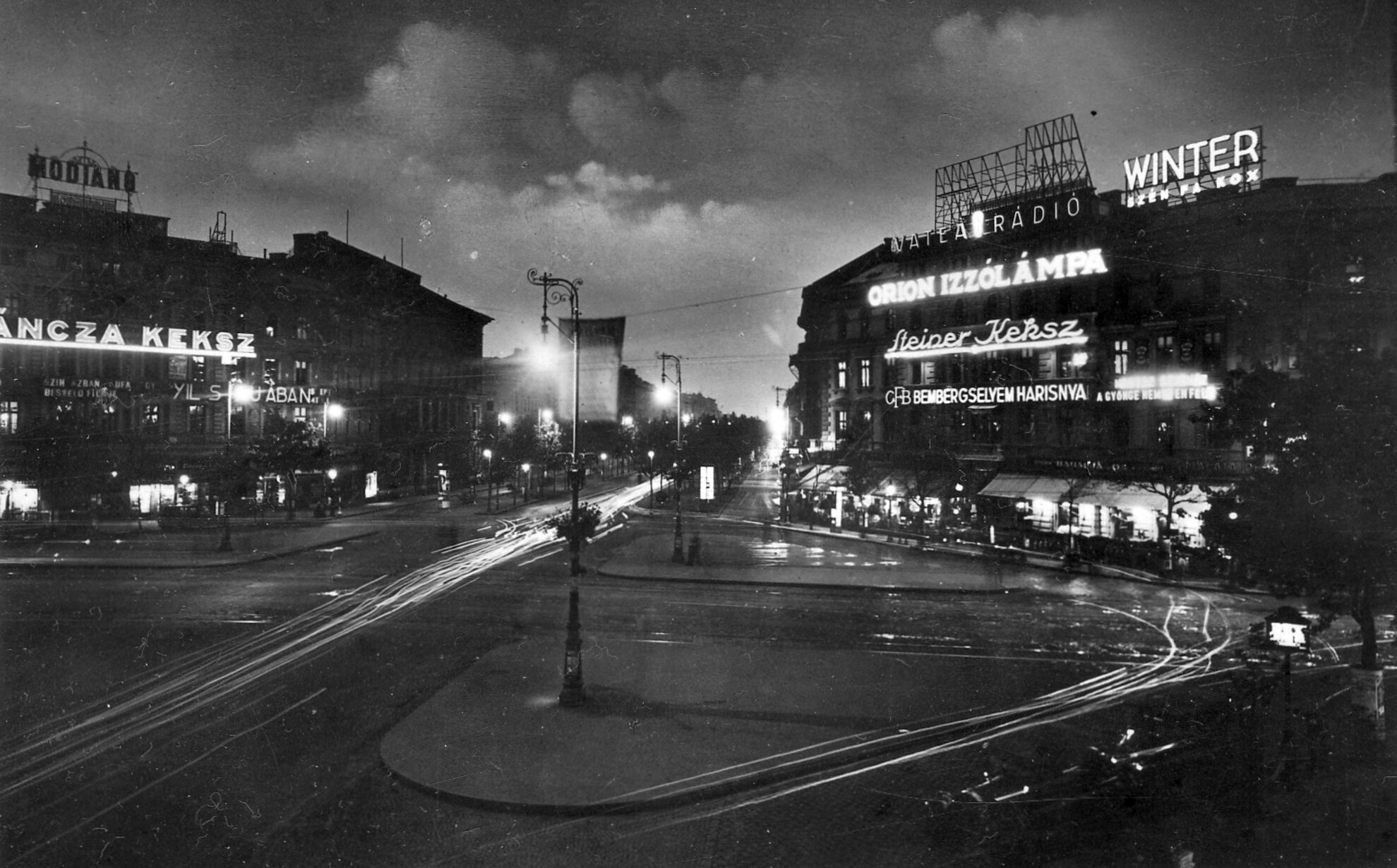
The Fascist-leaning city administration of the 1930s changed its name in 1936. In honour of Il Duce, it became Mussolini tér, reverting to Oktogon after 1945. As the city developed, neon advertising so characteristic of the square we know today began to appear. After dark, it endowed the Oktogon with its own special atmosphere.
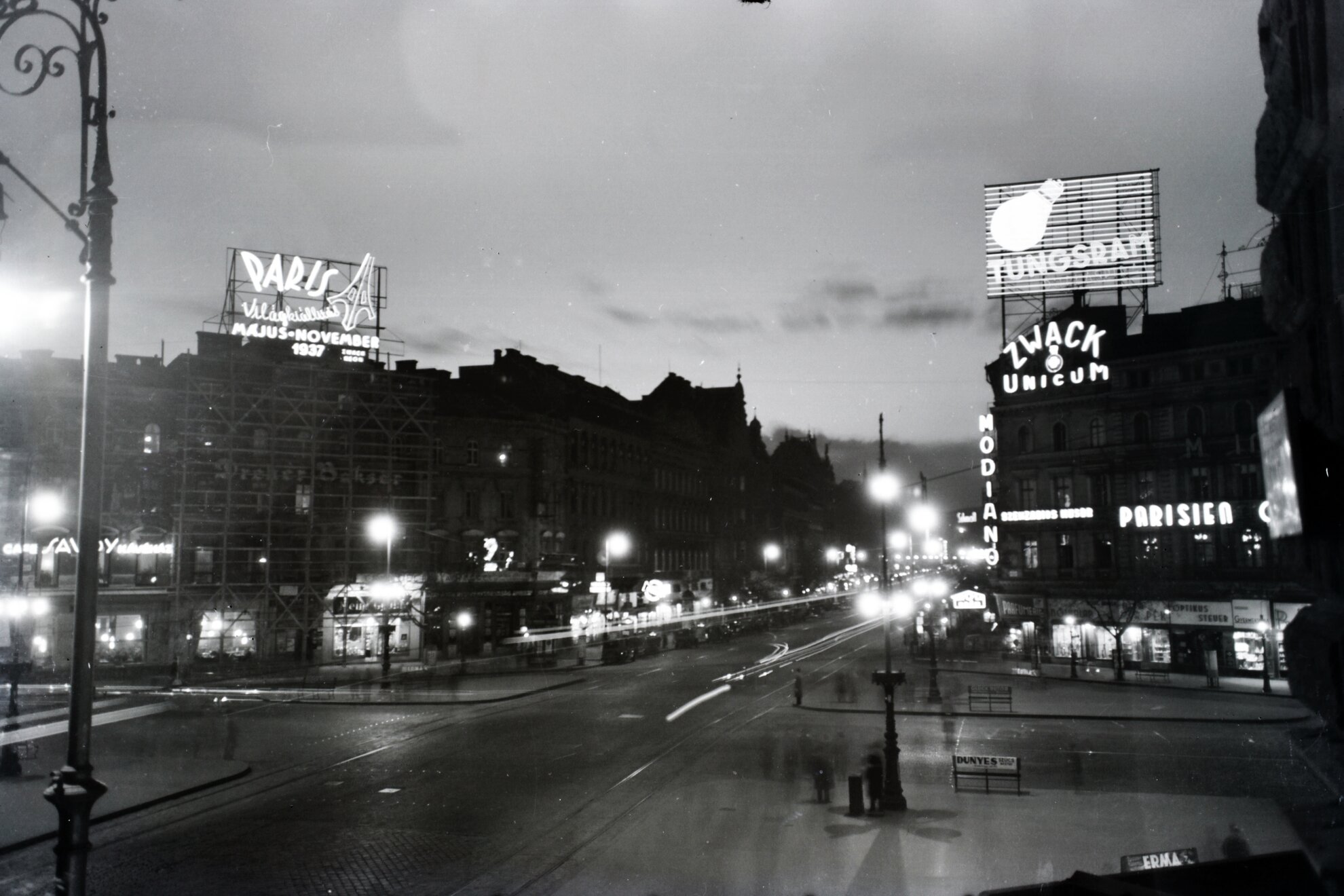
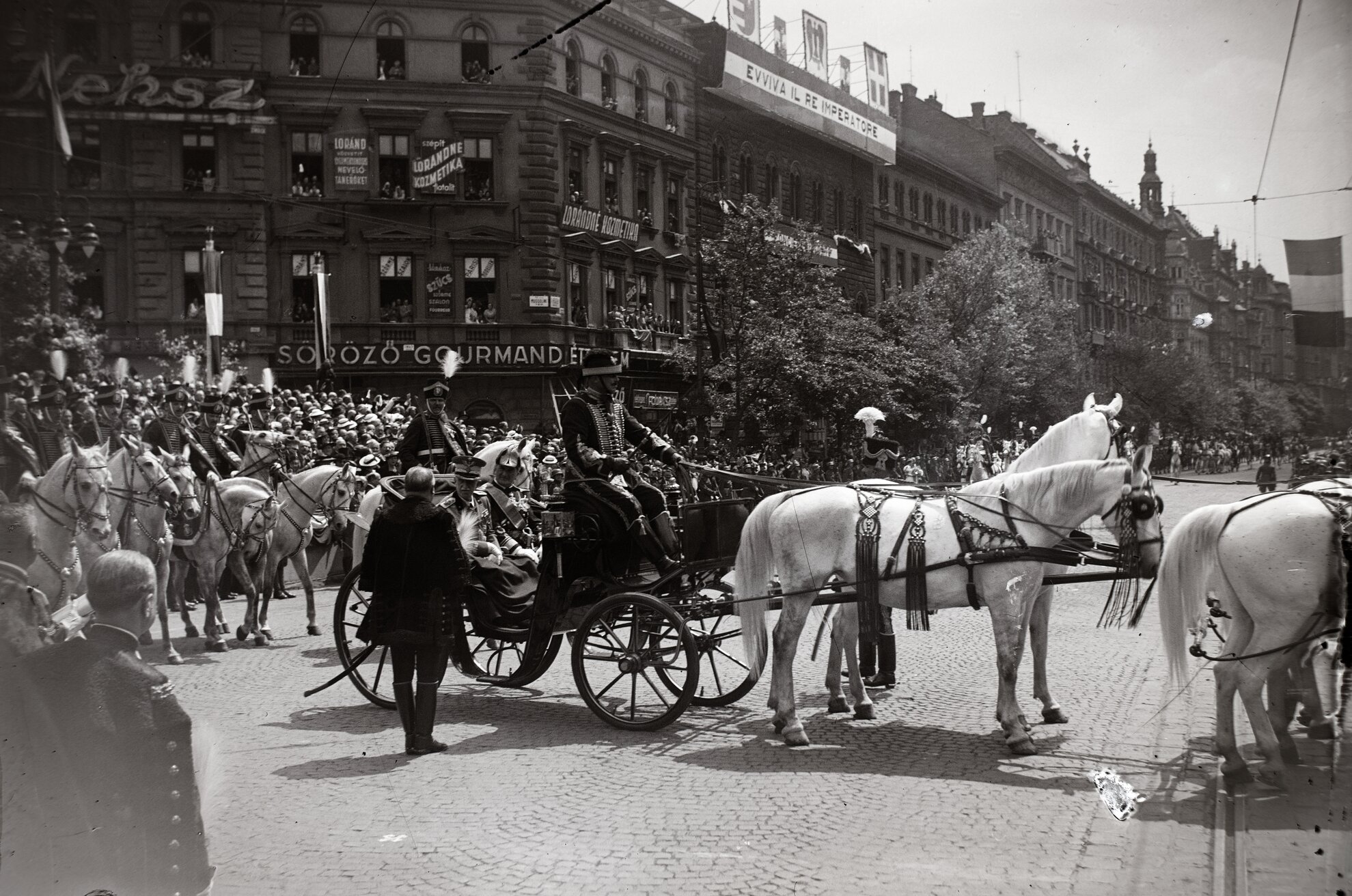
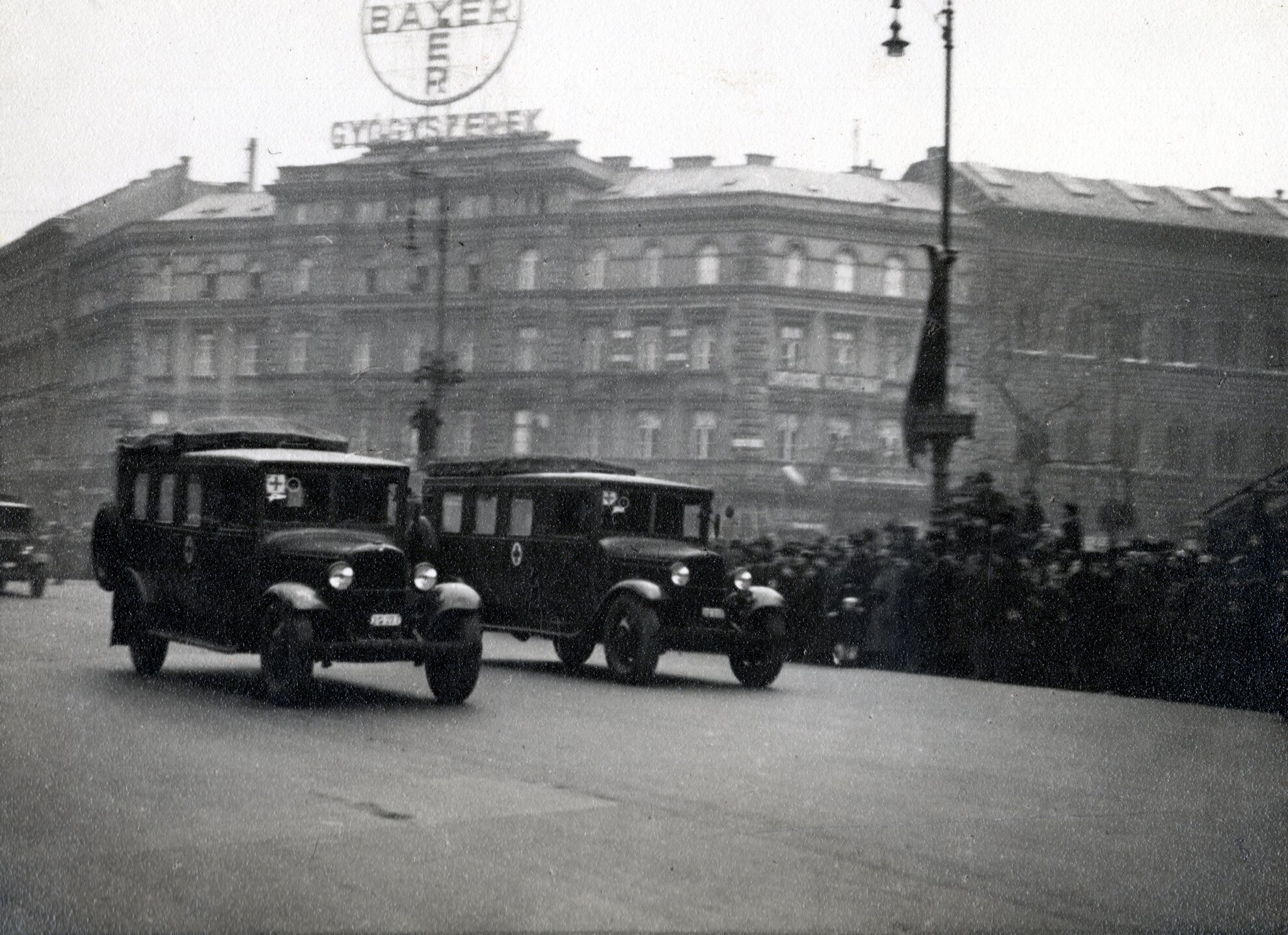
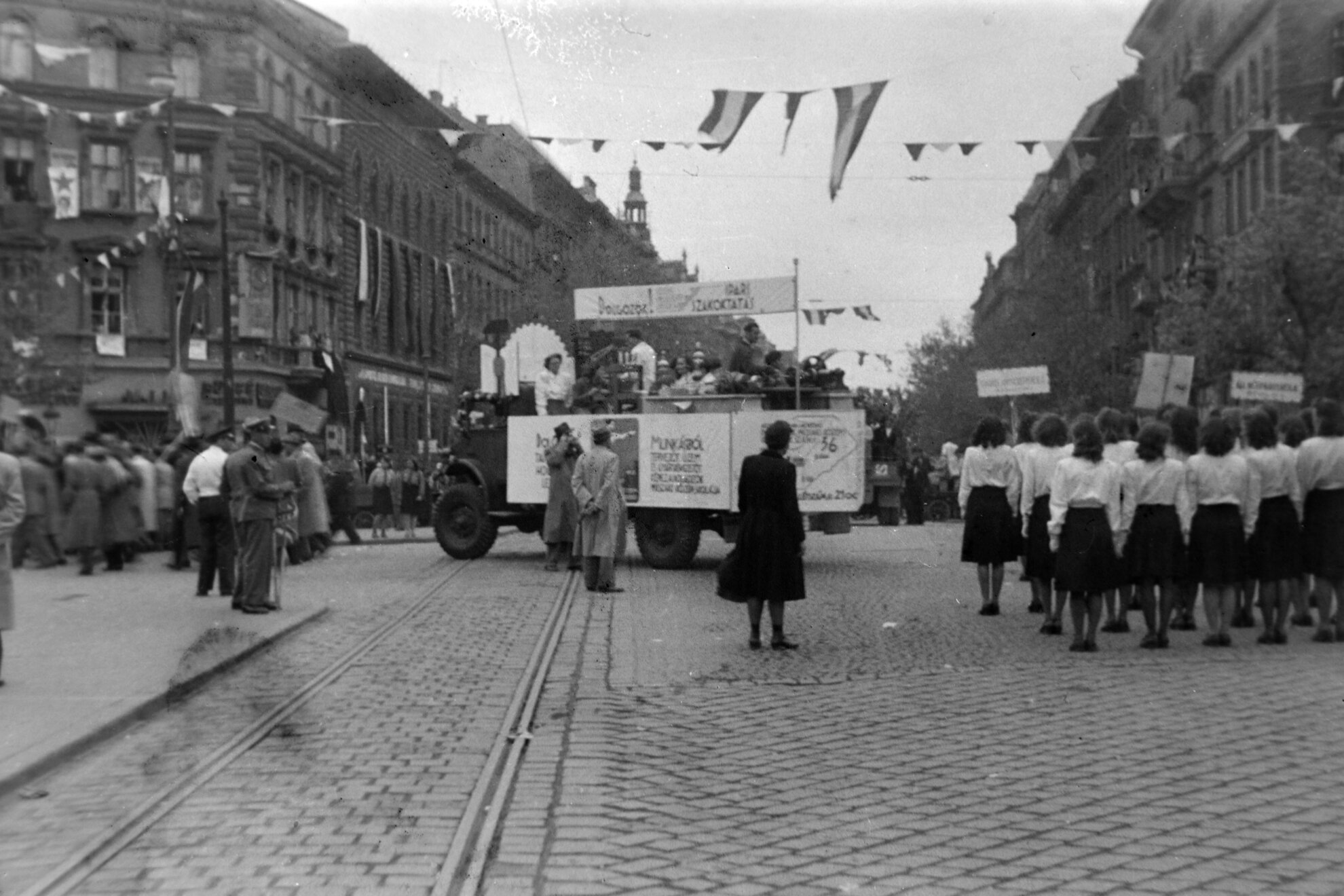
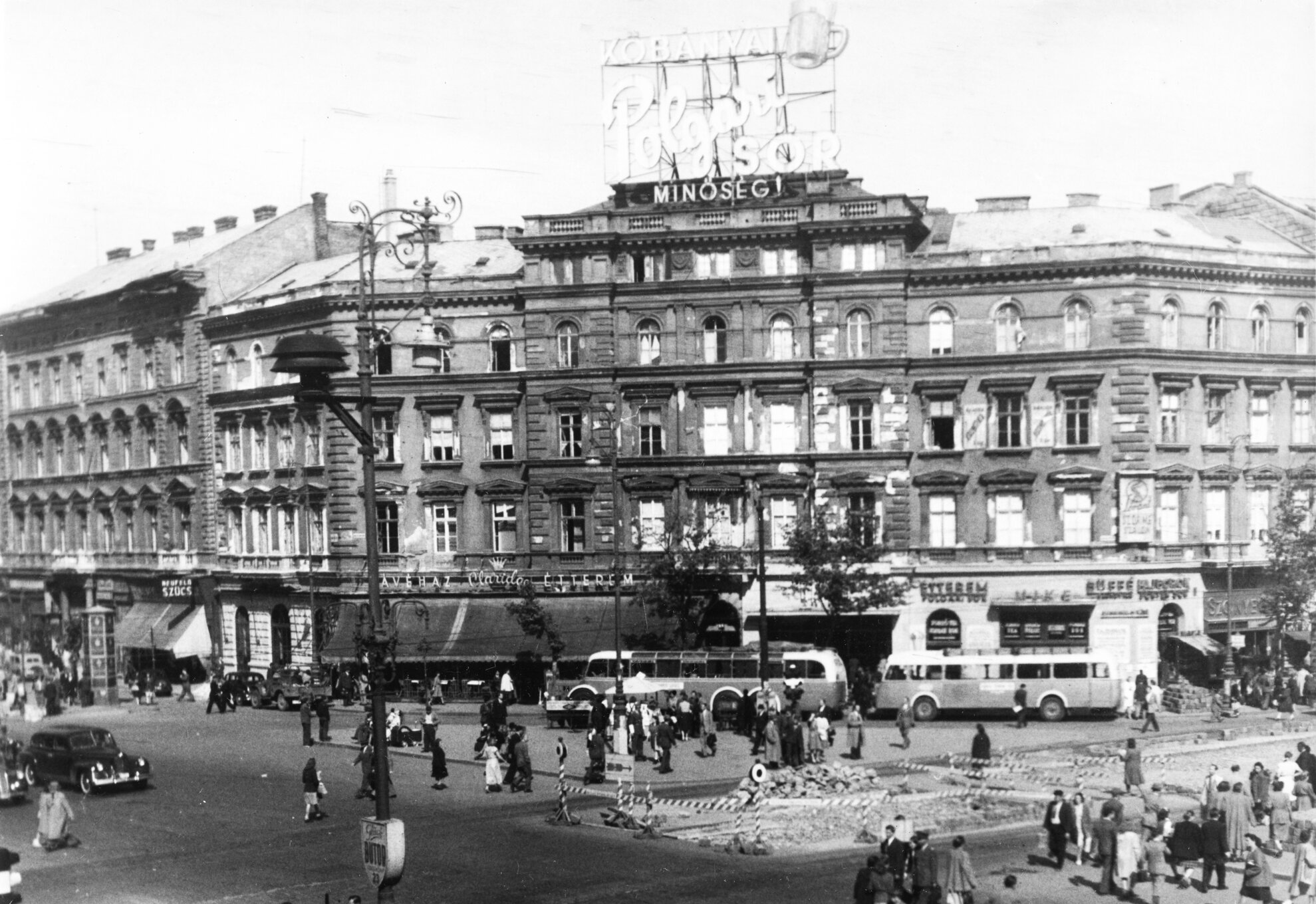
In 1950, the incoming Communist leadership decided that it had had enough of Oktogon and renamed the square November 7, the date of the Russian Revolution, out of respect to the friendly Soviet Union. It suffered considerable damage during Hungary’s own revolution, in 1956, worse than during World War II, but within two years there was hardly any trace of it.
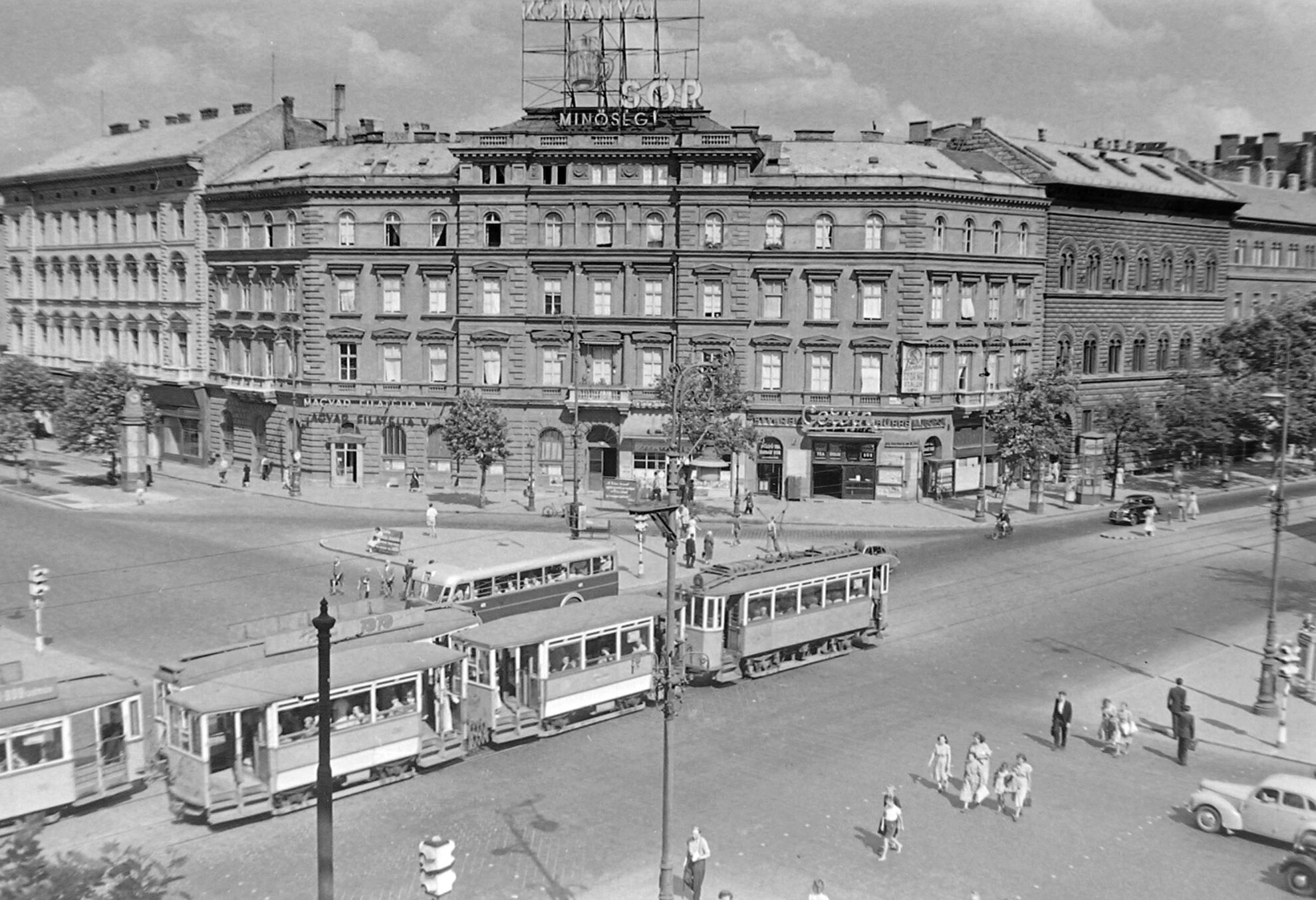
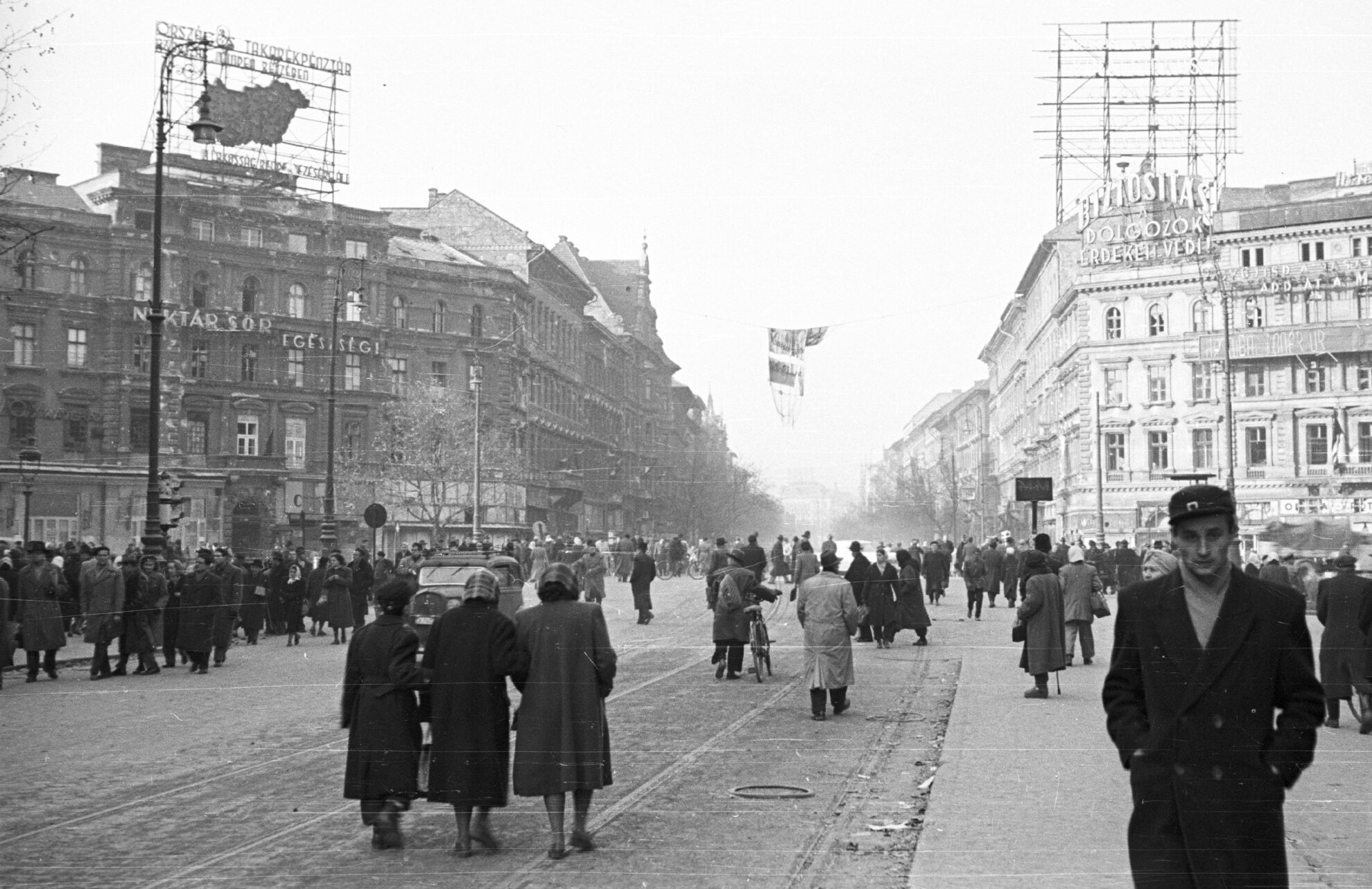
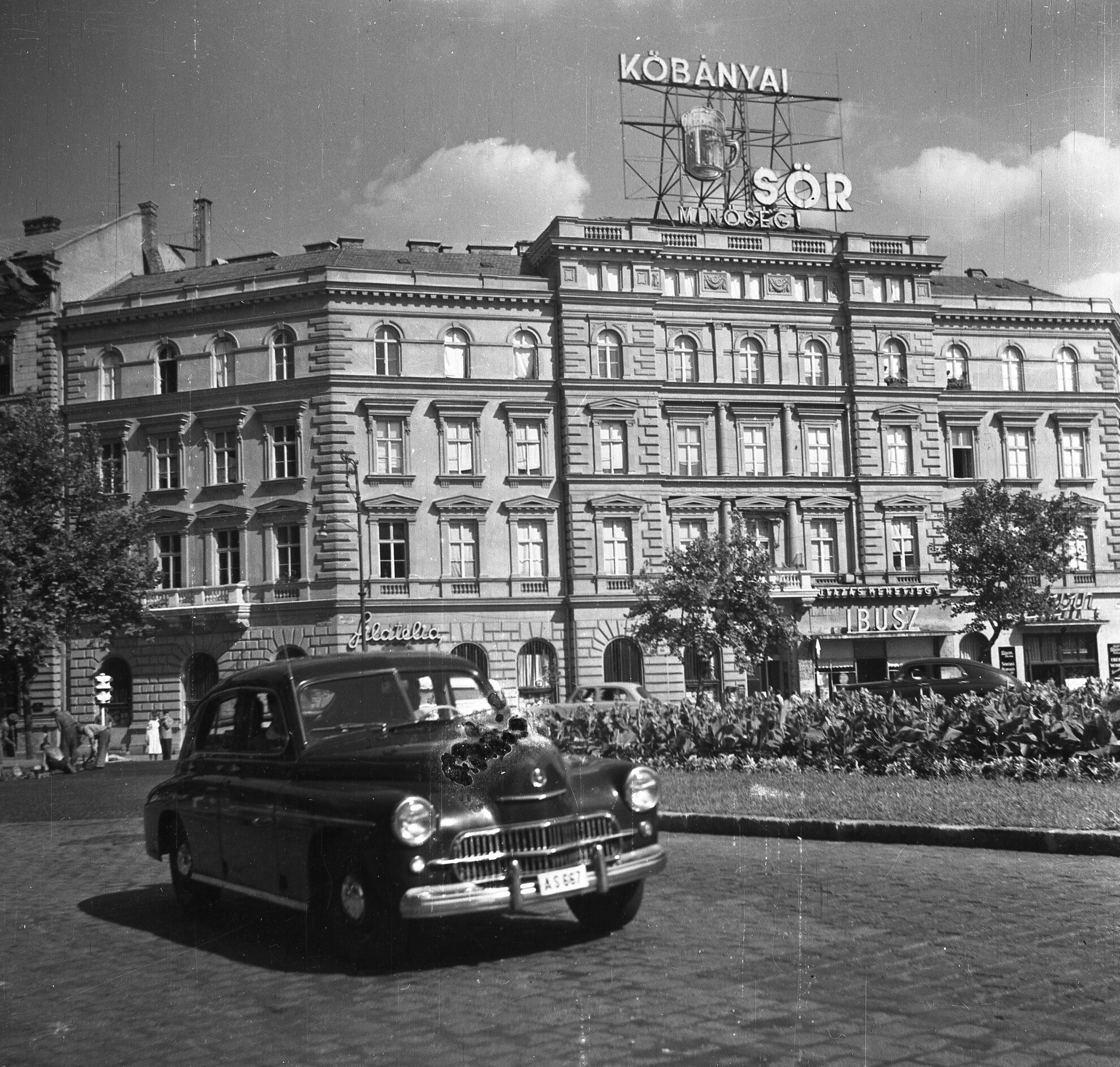
Oktogon’s famous Abbázia Café had
its heyday before the war. It was nationalised in 1949 and became the property
of the Restaurant & Buffet Company, and later managed by the Pannónia Hotel
& Catering Company. That was when it became known as the Abbázia Restaurant
& Café.
The deep demise of this legendary place began when it was converted
into a fast-food restaurant in 1975. It closed permanently in 1992, since when a bank has been in its place.
